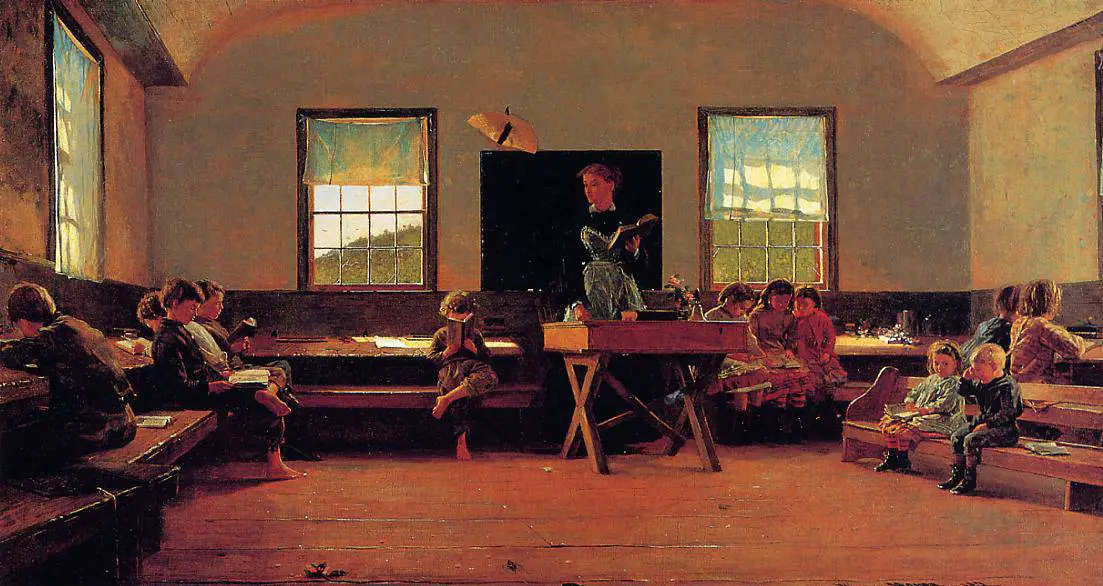Describe a classroom is the perfect writing activity for schools. Maybe you’re in a classroom right now. If so, you can write about that. If not, you can imagine any sort of classroom you like. It may be one classroom in particular, or it may be an amalgamation of several, or of all the classrooms you’ve ever set foot in. Or you might make it up completely.
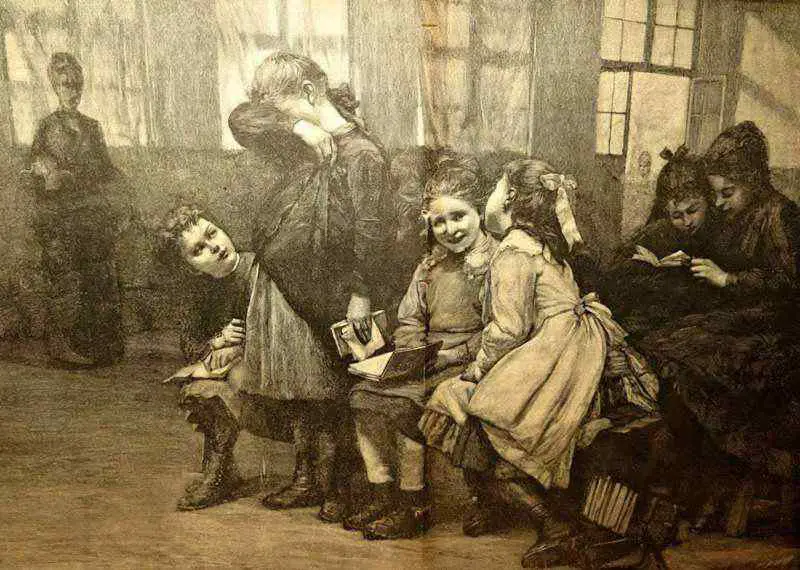
Write what you see and imagine, not what you know.
Blackboards are really quite green, aren’t they? I wonder who scribbled on the board in the photo above. Do you think it was the teacher? What happened? This is a creative writing about setting, but I want you to imagine what happened in that classroom just before you wrote about it. This will affect the atmosphere in the room.
First, imagine the outside of the building. Is it a modern building or old? What’s it made of? Is it well-maintained, or in a state of disrepair? Whatever you imagine, exaggerate a little. If there’s a flight of steps leading up to the classroom, you might instead write of a long, winding staircase. Because that’s how it sometimes feels, if you don’t want to go to class.
Now we’re inside the classroom. In your mind, is it full of people, or are you alone? If you’re alone, why? Maybe you’ve been kept back after class. Perhaps you just imagine a teacher in there, preparing a lesson, or a magic potion to cast over his students tomorrow.
What’s on the walls? If you’re writing a fantasy scene, it’s sometimes better to ground the fantasy in reality by describing what might well be on the walls of a real classroom.
What’s the mood? This classroom looks like a cheerful place with a fun teacher.
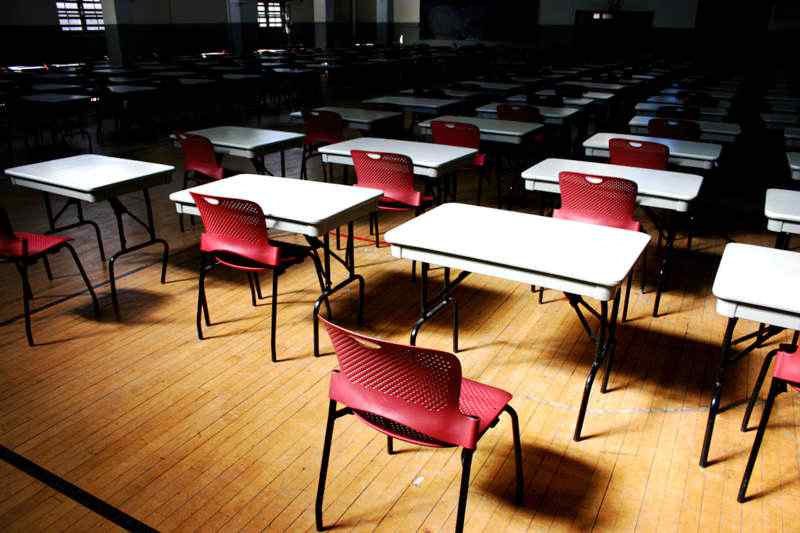
This looks like a dreaded exam room.
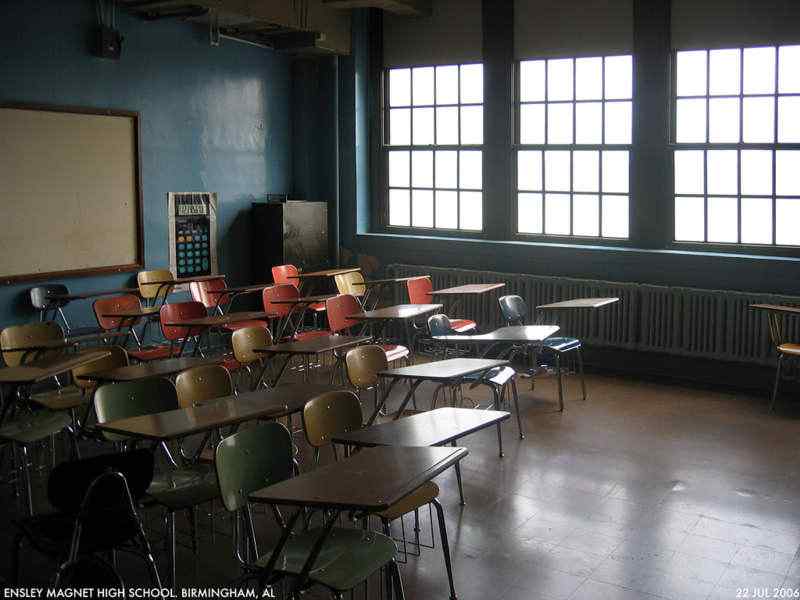
So does this one. Sometimes it’s more fun to write about an unpleasant place than a happy one. Look at the details. What do you notice after a few minutes that you did not immediately see?
The windows cast squares of white upon the wall.
The linoleum tiles are lifting in places, perhaps where the cleaner spilled a bucket of water. (You can imagine whatever you like. The more you imagine the more interesting this will read to others, who will never imagine exactly the same thing as you do.)
Ask why. Why are all these chairs pushed to the back, and why are the red ones clustered together? Who sits in the red chairs, do you think?
What happened to the children who used to study here?
Notice the smallest detail. If you’re in a classroom right now, this will be easy. Perhaps there’s a lump of chewing gum stuck to the underside of your desk. (No, don’t check.) Or perhaps there are stains on the carpet.
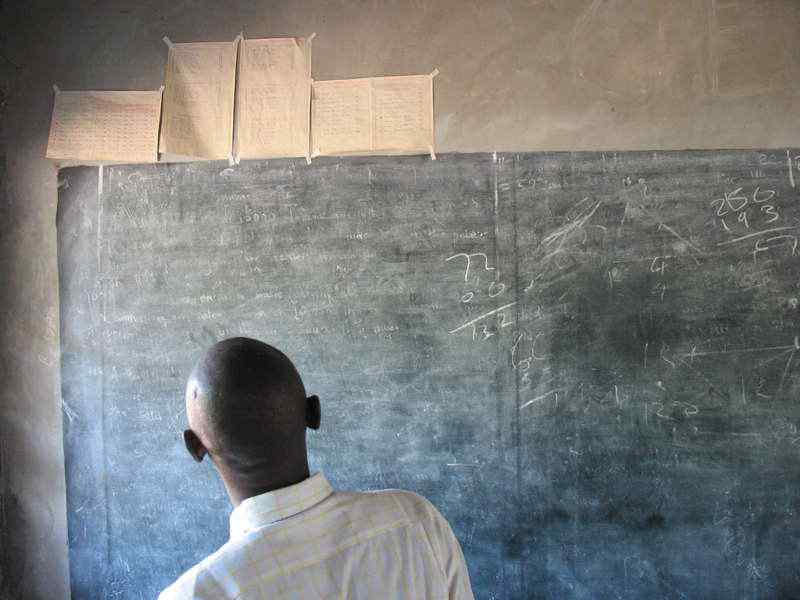
See how this teacher doesn’t wipe previous sums from the board before starting on another. It looks a little as if he can’t remember his equations, so he tapes them above the board as reference. Notice the way the light bounces off his head. What is the most distinguishing thing about the teacher in your classroom? (Tip: don’t choose the teacher who’s going to be grading this particular paper.)
Now, your eyes are only of so much use.
How does your classroom smell? I can smell wet wool, because it’s been raining and every student wears a green, woollen jersey. The girls wear oatmeal woollen tights.
I smell orange peels and peanut butter, because it’s after lunch and 28 students just ate their lunches in here. No doubt some of them stuffed their waste between the bar heaters and the wall.
What can you hear? Even a quiet classroom is seldom without noise. If it is, you might hear the sound of biro on paper. I hear the rain outside, and students from an adjacent classroom about to visit the library. I hear someone at the back of the room tapping a ruler on the desk, absentmindedly but annoying.
Now write.
Start with the largest detail, and zoom like a camera down to the most minuscule. Make stuff up. Let your mind make diversions. Imagine what has happened, what will happen, what maybe happened and what probably didn’t happen but is interesting anyway.
Write for ten minutes. Then see where you are. You may be surprised.
MENTOR TEXT: “MY LAST DUCHESS” BY MARGARET ATWOOD
The windows of our brand new schoolroom were high enough so we couldn’t see anything out of them except the sky. Today the sky was a hazy blue, a warm, drowsy colour. I wasn’t looking at it, but there it was, at the edge of eyesight, huge and featureless and soothing, rolling on and on like the sea. One of the window panels was open and some flies had come in. They were buzzing around, bumbling against the glass, trying to get out. I could hear them, but I couldn’t see them, I couldn’t risk turning my head. I was supposed to be thinking about last. […]
It was afternoon, it was May, the trees outside were flowering, pollen was eddying everywhere. The classroom was too hot; it was filled with a vibration, the vibration of its newness — the blond wood of its curved, modern metal-framed desks, the greenness of its blackboards, the faint humming of its fluorescent lights, which seemed to hum even when they were turned off. But despite this newness there was an old smell in the room, an ancient, fermenting smell: an invisible stream was rising all around, oily, salty, given off by twenty-five adolescent bodies stewing gently in the humid springtime air.
“My Last Duchess” by Margaret Atwood
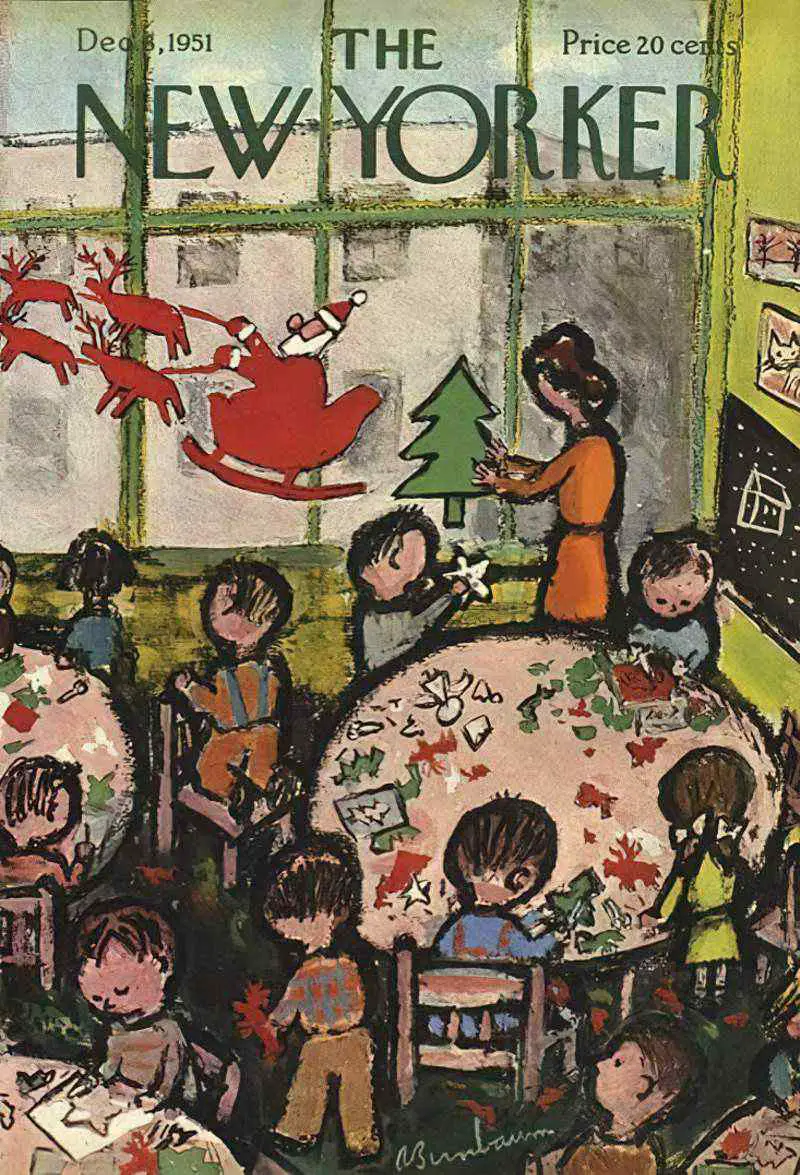
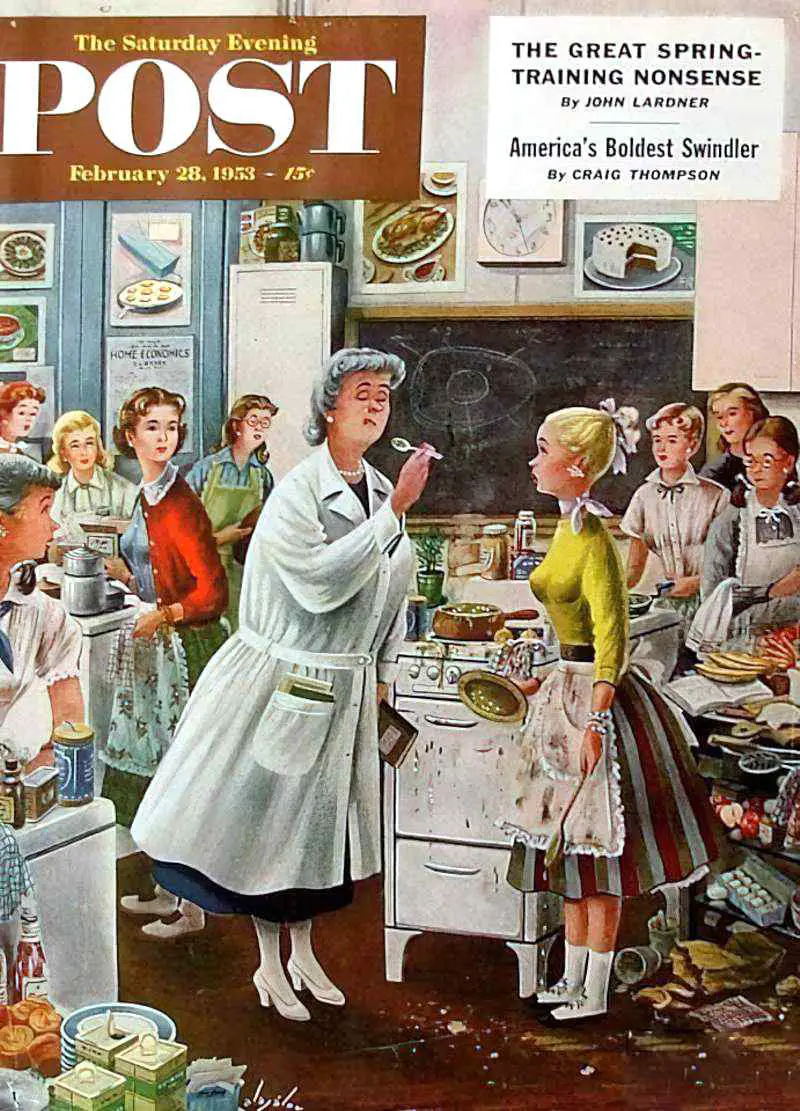
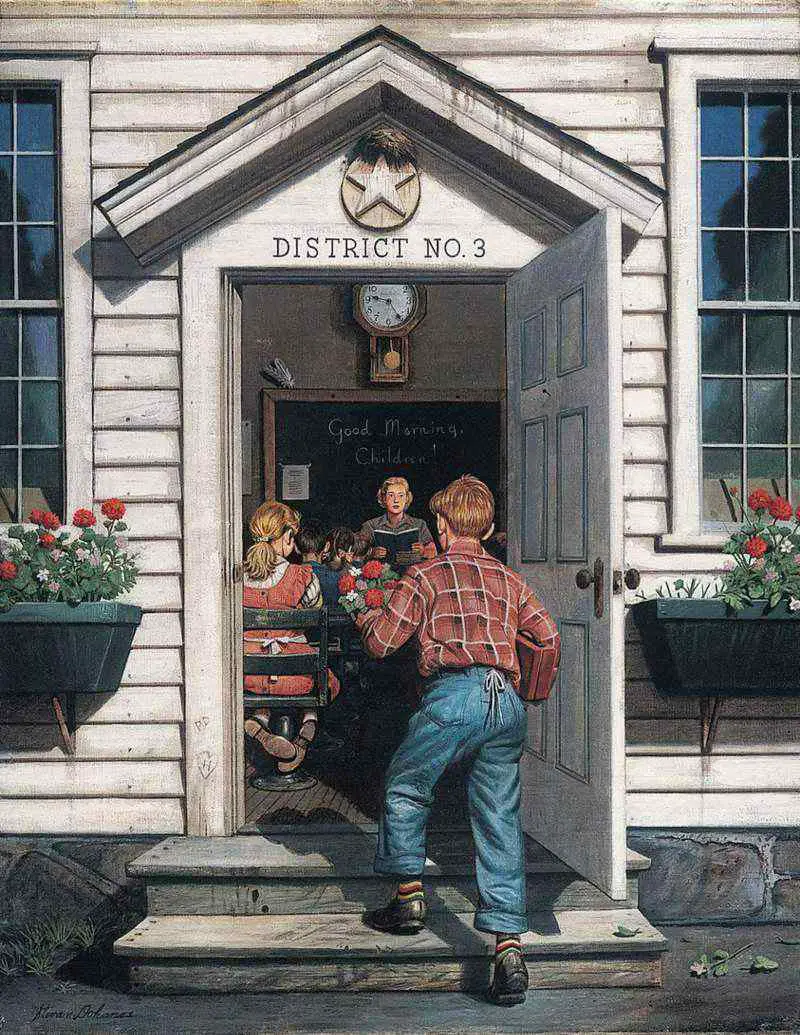
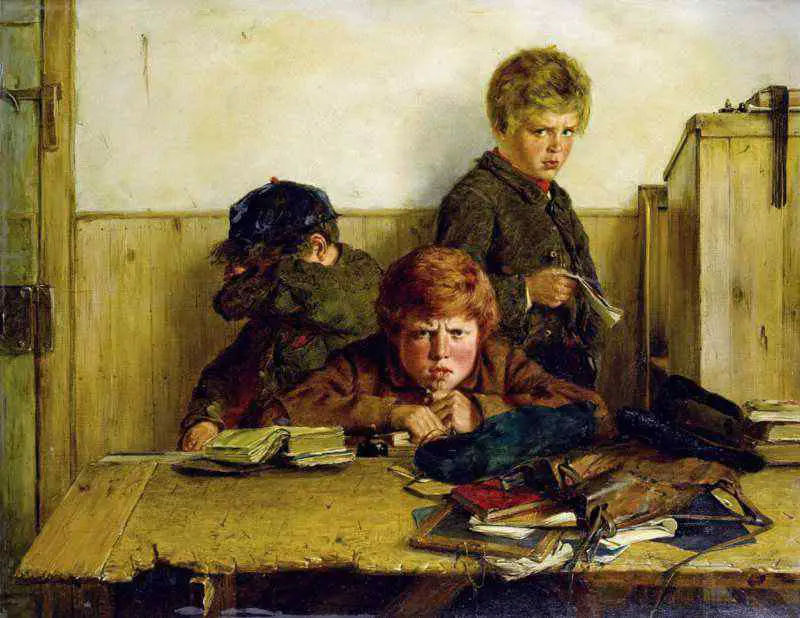
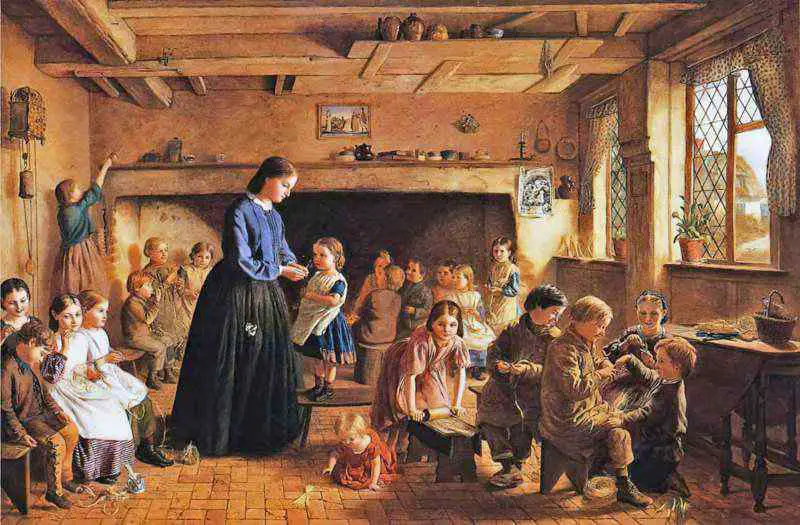
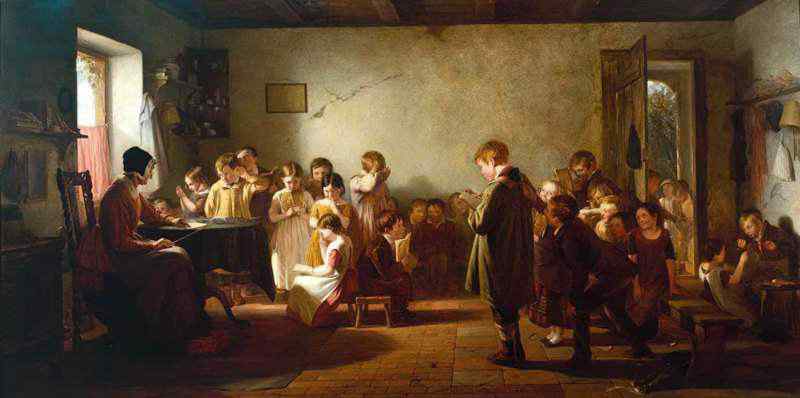
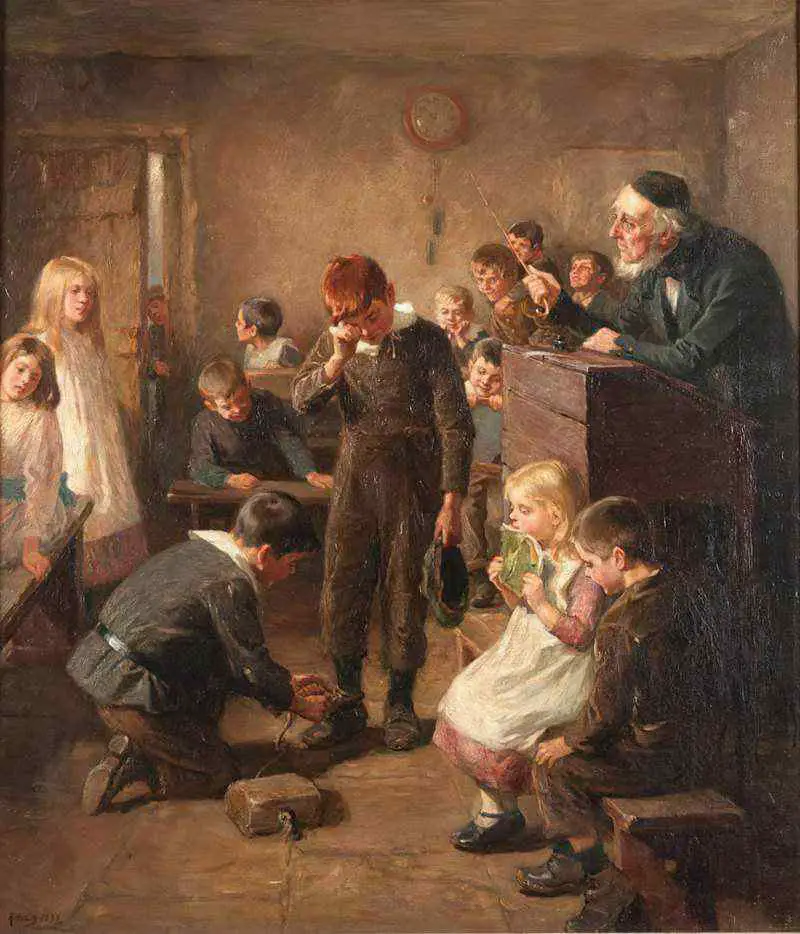
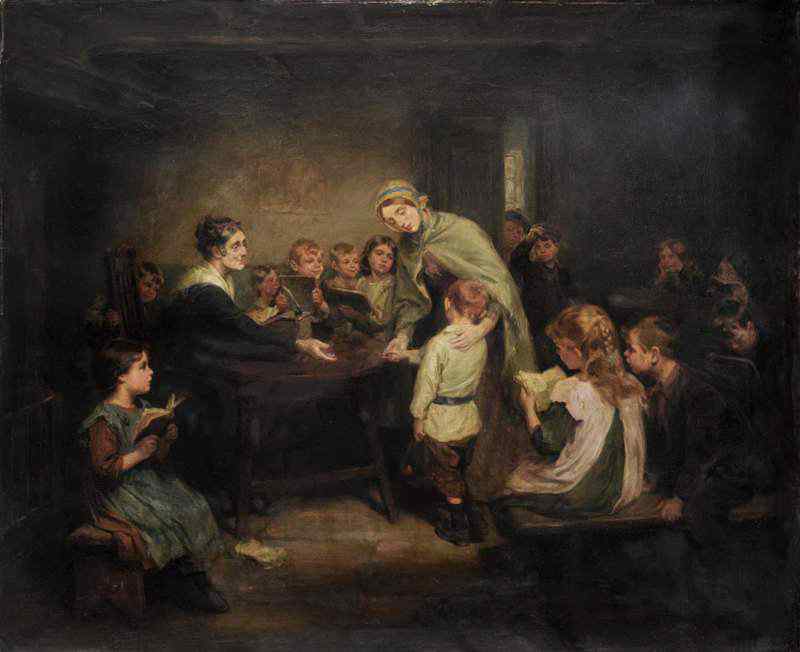
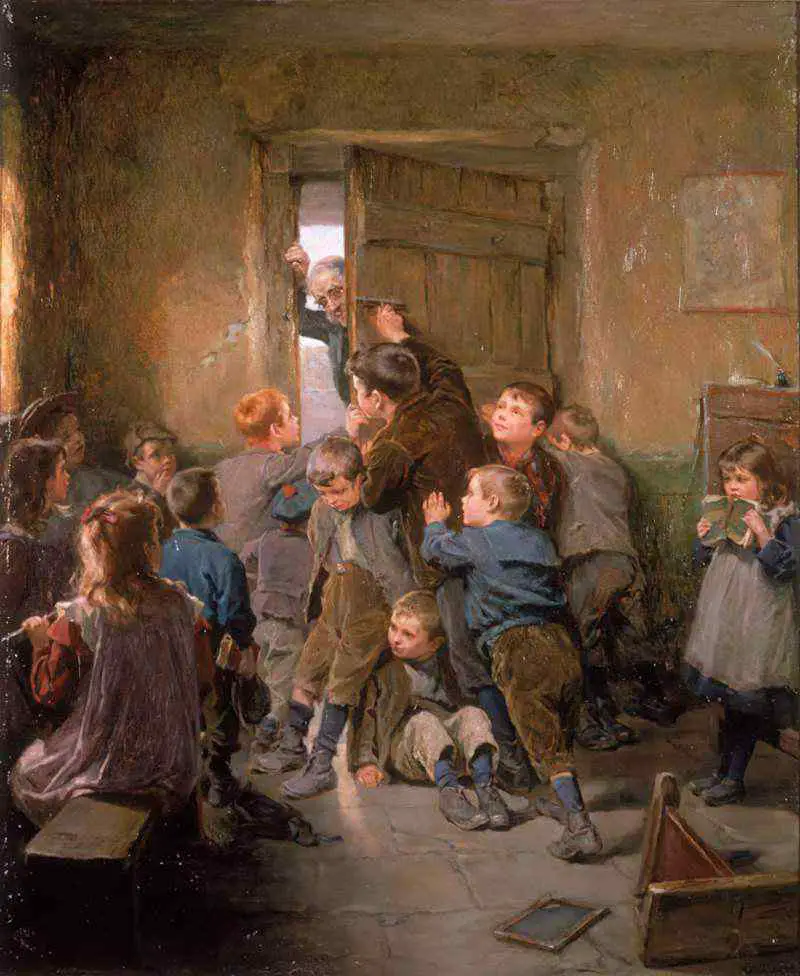
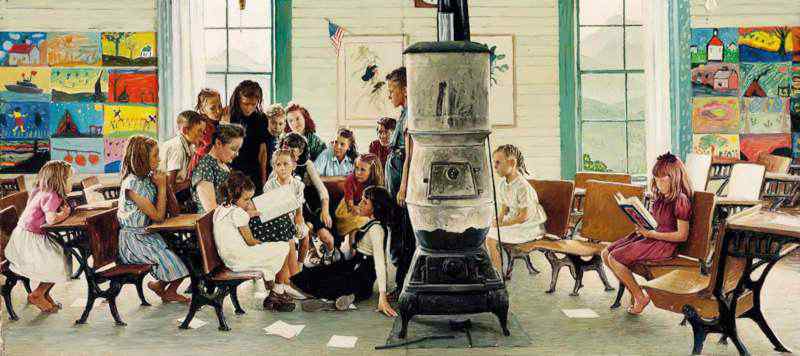
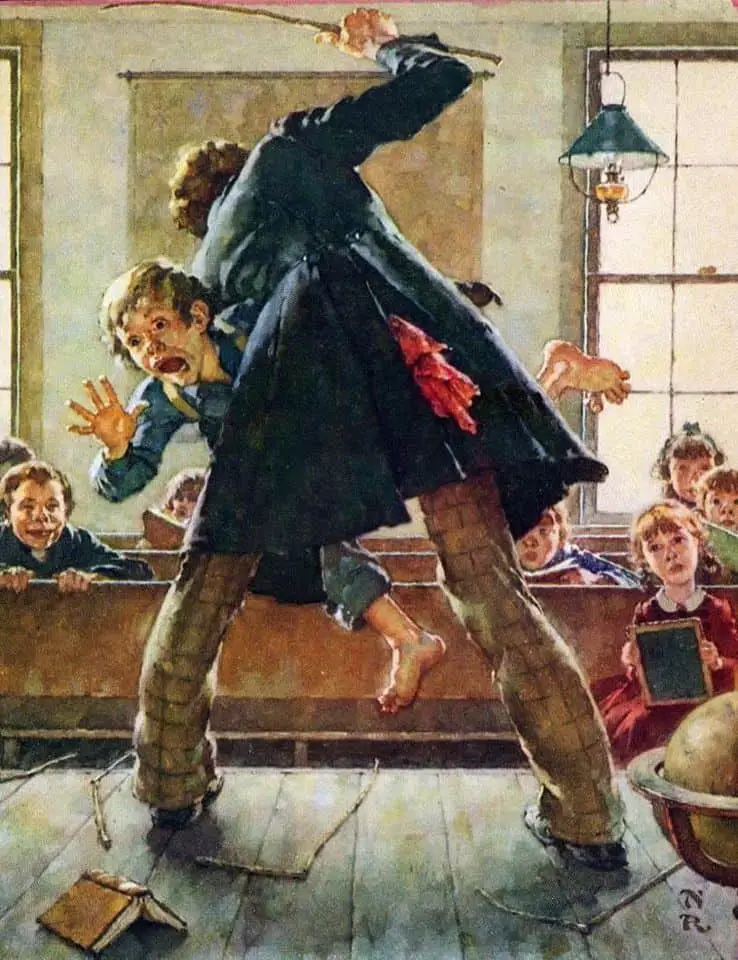
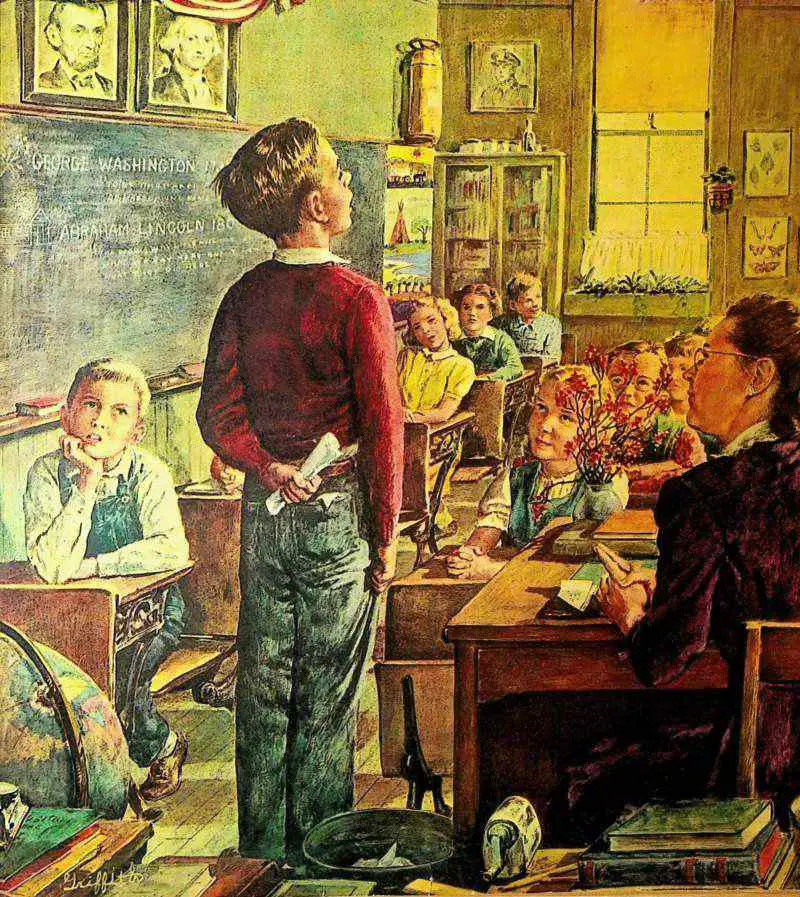
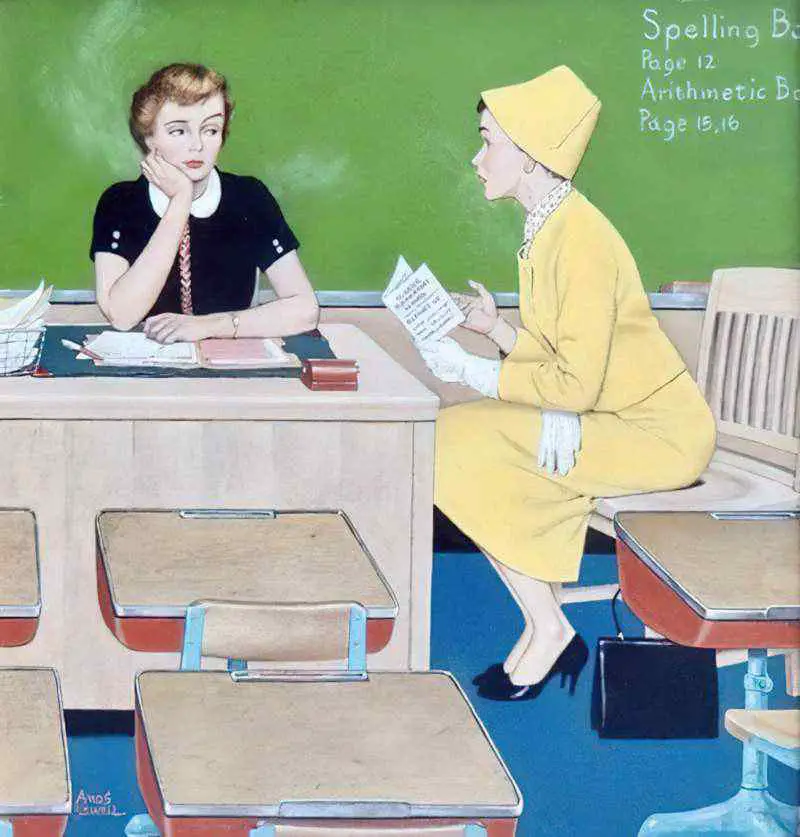
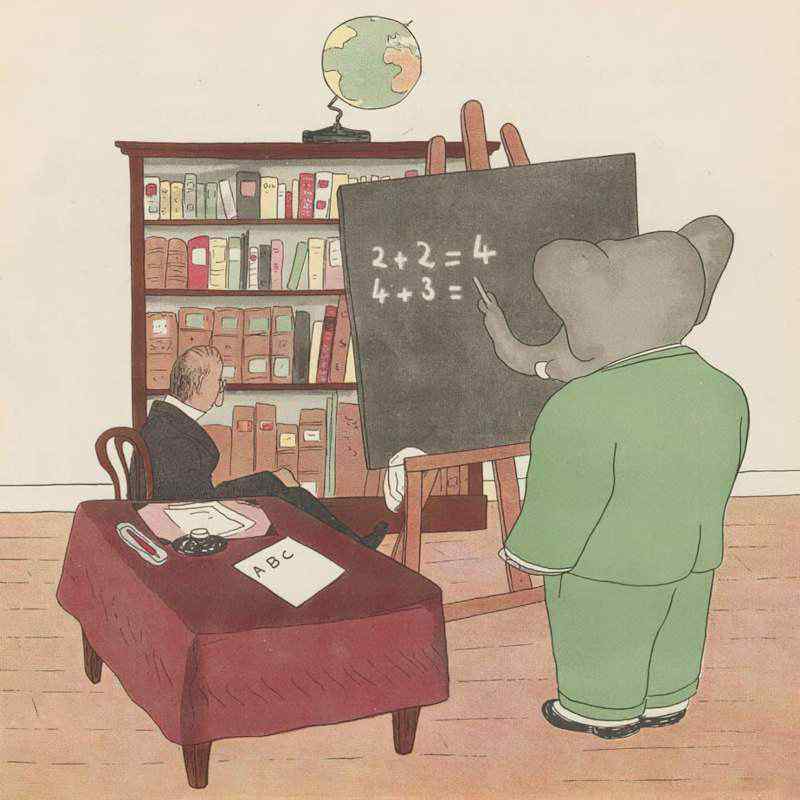
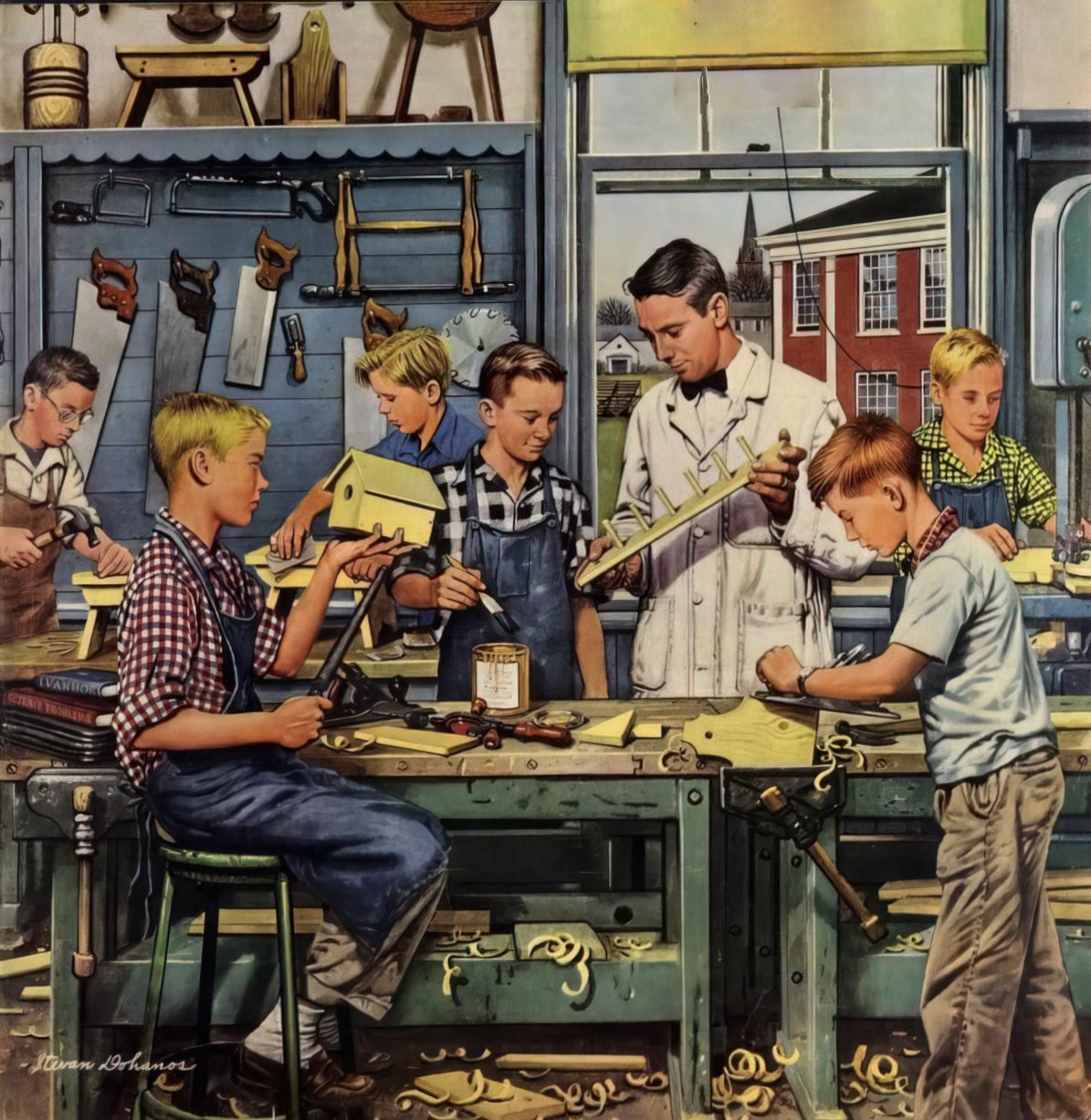
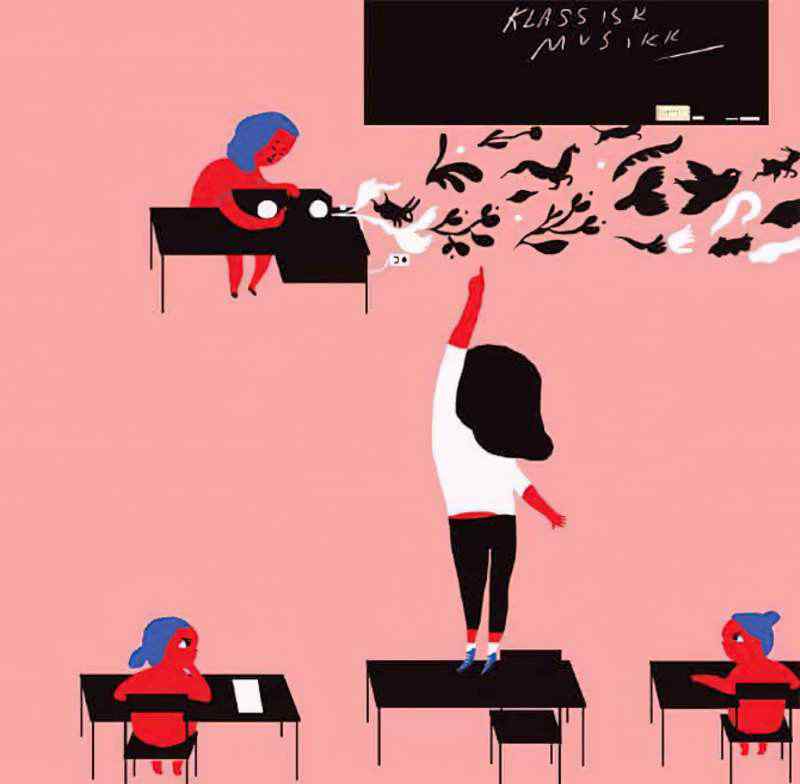
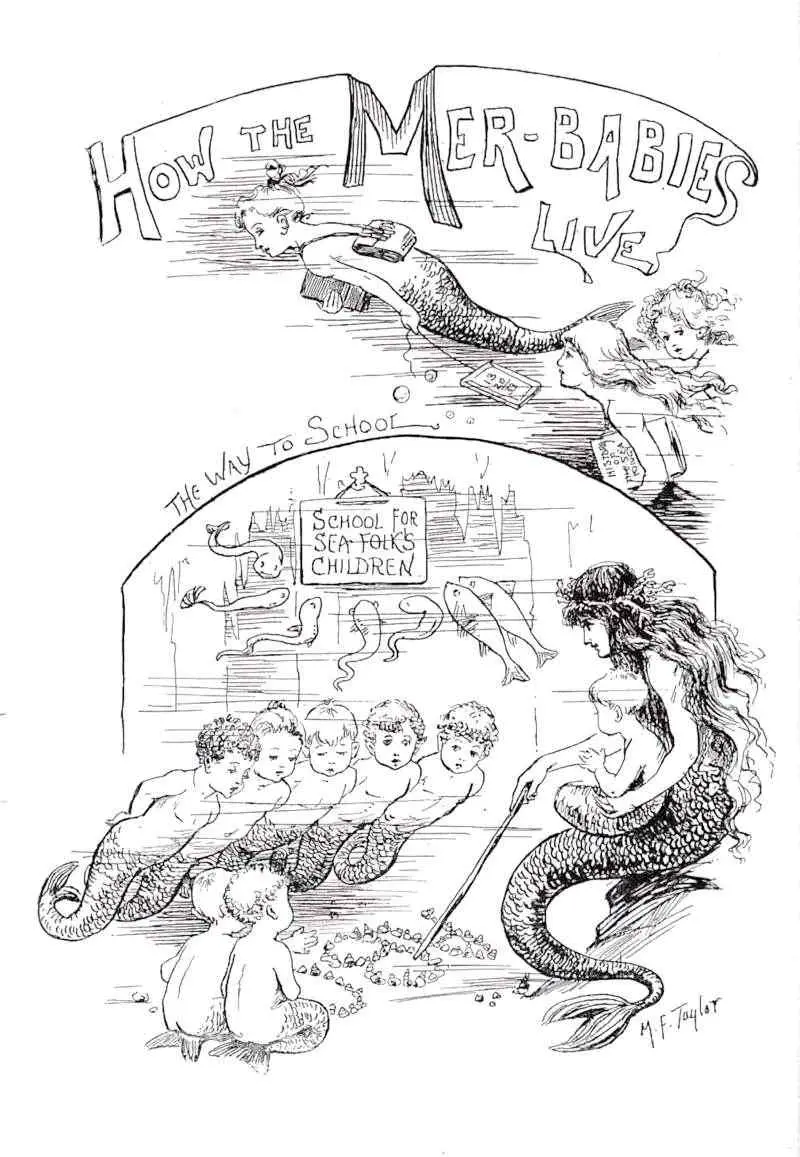
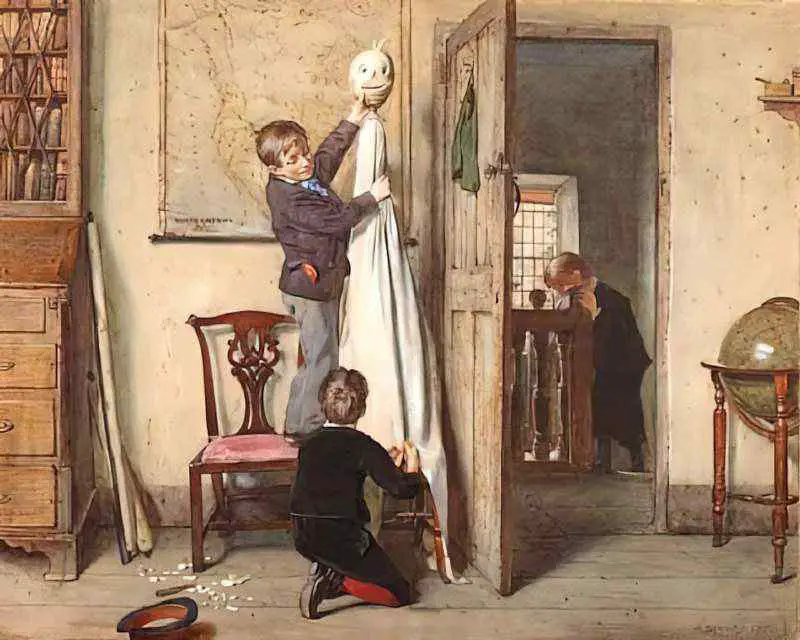
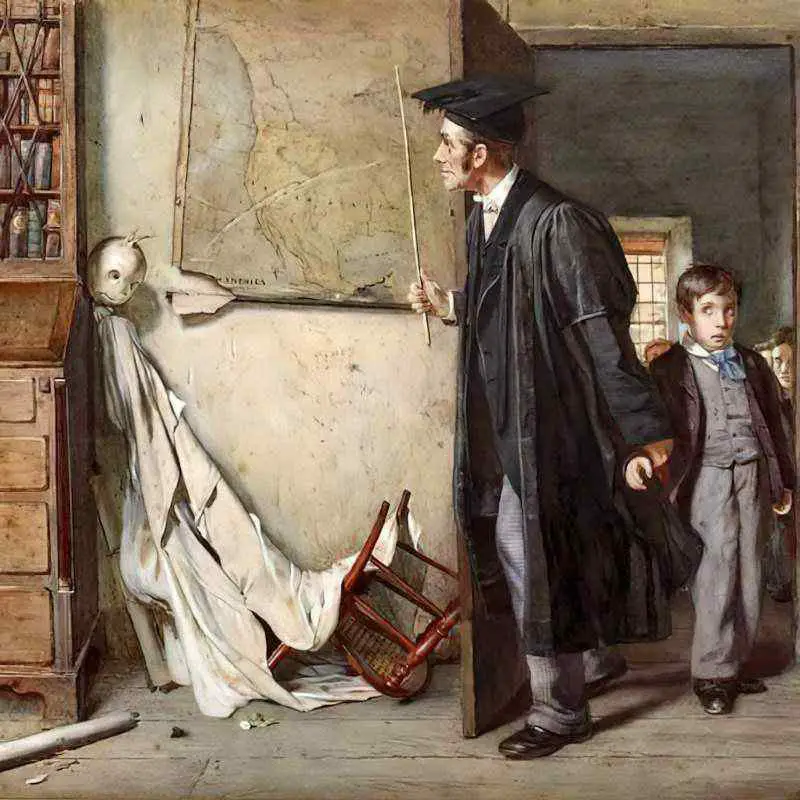
FURTHER READING
- A short story set entirely within the boundary of a classroom is “Carnation” by Katherine Mansfield.
- In many scenes set in classrooms, windows are highly symbolic. A character will often feel trapped within a classroom, and uses the scene outside the window to allow their mind to wander. Windows are highly symbolic.
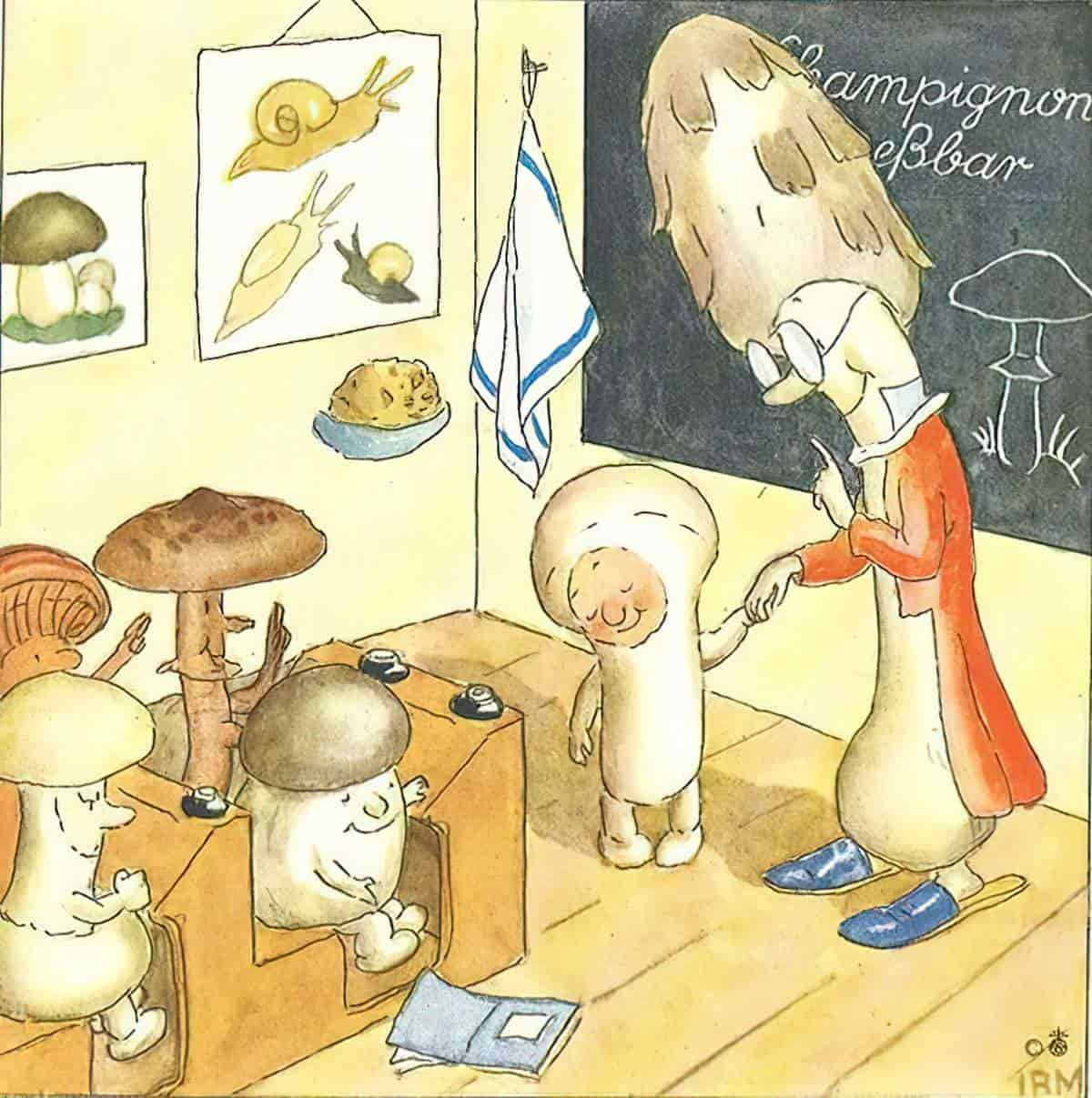
Header painting: Winslow Homer – The Country School
